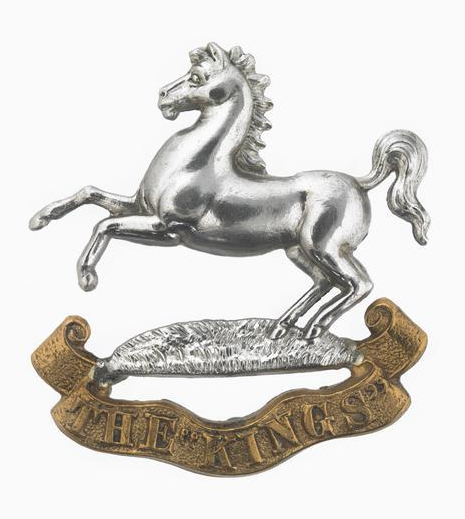Personal Details
Born: 1867 in Whitchurch, Shropshire.
Family: He was the eldest of at least seven children born to John Gaughan, a licenced hawker, and his wife, Ellen. Both of his parents were born in Ireland. No marriage can be found for William.
Residence: In 1871 his family were living in Folly Lane, Yardington, Whitchurch, Shropshire. Ten years later their address was Barlow`s Yard, Whitchurch. At the time of the 1891 Census William was serving with the British Army in Egypt. By 1901 he was back in Whitchurch and living at 144 Wrexham Road, Whitchurch, the home of his sister Florence and her husband, James Gillespie. An address of 1 Church Street, Whitchurch was given for him on the 1919 Absent Voters` List; this was the home of his father at the time of his death in 1916. It was also the address that his brother, John, gave on his Attestation document in 1915.
Employment: In 1881 his occupation was described as a tailor`s errand boy. He served for 12 years in the British Army from 1886 until his discharge in 1898. In 1901 he was a bricklayer`s labourer.
Died: In 1932 in North Manchester, Lancashire, aged 66 (possible).
Military Details
Regiment: King`s Liverpool Regiment
Rank: Private
Service Number: 28377
Date of Enlistment: Not known
Date of Discharge: Not known
Reason for Discharge: Demobilisation
Other Information: His brother, John, also served in WW1.
William was awarded the Campaign Medals (1915 Star, Victory and British War Medals)

The 1914 Star (also known as 'Pip') was authorised under Special Army Order no. 350 in November 1917 and by an Admiralty Fleet Order in 1918, for award to officers and men of the British and Indian Expeditionary Forces who served in France or Belgium between 5 August and midnight of 22–23 November 1914. The former date is the day after Britain's declaration of war against the Central Powers, and the closing date marks the end of the First Battle of Ypres.
The 1914–15 Star (also known as 'Pip') was instituted in December 1918 and was awarded to officers and men of British and Imperial forces who served against the Central European Powers in any theatre of the Great War between 5 August 1914 and 31 December 1915. The period of eligibility was prior to the introduction of the Military Service Act 1916, which instituted conscription in Britain.
The British War Medal (also known as 'Squeak') was a silver or bronze medal awarded to officers and men of the British and Imperial Forces who either entered a theatre of war or entered service overseas between 5th August 1914 and 11th November 1918 inclusive. This was later extended to services in Russia, Siberia and some other areas in 1919 and 1920. Approximately 6.5 million British War Medals were issued. Approximately 6.4 million of these were the silver versions of this medal. Around 110,000 of a bronze version were issued mainly to Chinese, Maltese and Indian Labour Corps. The front (obv or obverse) of the medal depicts the head of George V. The recipient's service number, rank, name and unit was impressed on the rim.
The Allied Victory Medal (also known as 'Wilfred') was issued by each of the allies. It was decided that each of the allies should each issue their own bronze victory medal with a similar design, similar equivalent wording and identical ribbon. The British medal was designed by W. McMillan. The front depicts a winged classical figure representing victory. Approximately 5.7 million victory medals were issued. Interestingly, eligibility for this medal was more restrictive and not everyone who received the British War Medal ('Squeak') also received the Victory Medal ('Wilfred'). However, in general, all recipients of 'Wilfred' also received 'Squeak' and all recipients of The 1914 Star or The 1914/1915 Star (also known as 'Pip') also received both 'Squeak' and 'Wilfred'. The recipient's service number, rank, name and unit was impressed on the rim.

